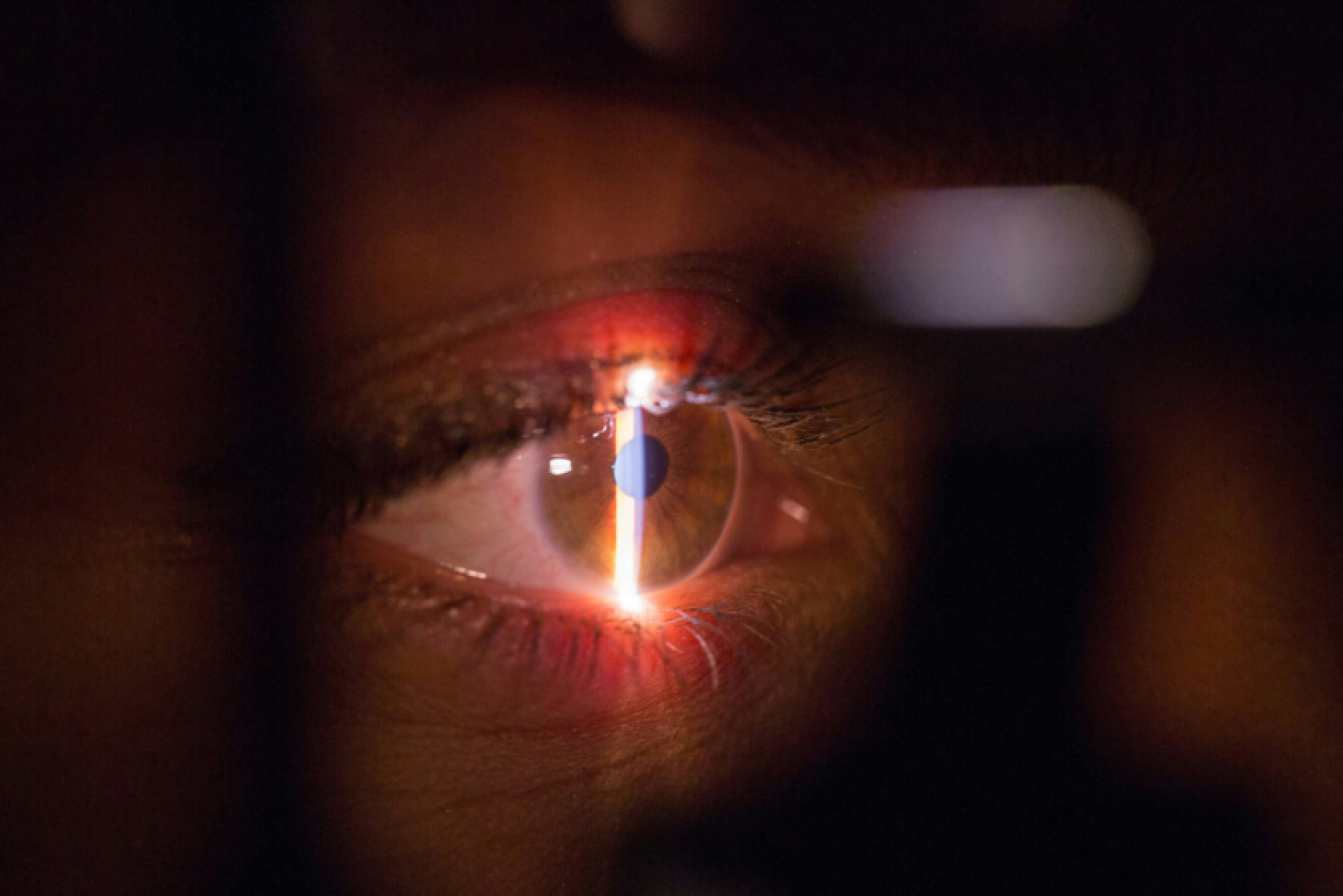According to the results of a new study, some people are able to see the world with a higher "frame rate" than others. The authors believe that this trait may even give these people an advantage when it comes to competitive games and sports, although additional research is needed to confirm this.
The human eye perceives light, converting light into electrical signals using cells known as photoreceptors. Then the signals are transmitted through the optic nerve to the area of the brain known as the visual cortex, where the image is formed. The frequency at which this process occurs per second is known as temporal resolution.
According to a study published in the journal PLOS ONE, some people see the surrounding world with higher temporal resolution compared to others. Furthermore, researchers believe that the ability to create more images per second may give these people an advantage in actions requiring high speed, such as games.
"Since we have direct access only to our subjective experience, we may naively expect that everyone else perceives the world the same way we do. Examples like color blindness show that this is not always true, but there are many less well-known ways in which perception can also vary. This study characterizes one such difference - in the 'frame rate' of our visual systems. Some people really do see the world faster than others," says Assistant Professor of Developmental Neurobiology at Trinity College Dublin, Kevin Mitchell, who is a co-author of the article.
During the study, researchers asked a group of 88 volunteers to observe an LED light through glasses that allowed the light to flash at different speeds. This test, known as the "critical flicker fusion threshold", allowed scientists to track the number of flashes per minute or the frequency at which a person could no longer distinguish flickering and observed a continuous source of light.
It was found that the flicker threshold significantly differed among the volunteers, allowing some to see a frequency of up to 60 flashes per second, while others no longer perceived breaks in light only 35 times per second. Additionally, it was found that the critical flicker fusion threshold of each individual changed relatively little over several sessions conducted simultaneously in the following days.
"We do not yet know how this change in visual temporal resolution may impact our everyday lives. But we believe that individual differences in perception speed may become evident in high-speed situations where quickly finding or tracking fast-moving objects is necessary, such as in ball sports competitions, or in situations where visual scenes change rapidly, such as in games," says another co-author of the study, PhD candidate Clinton Gahlem, also from Trinity College Dublin.
The study results have sparked lively discussions online about whether some gamers indeed have a biological advantage in vision over others. Researchers have also expressed interest in further studying this phenomenon.
Source: IGN













Comments (0)
There are no comments for now